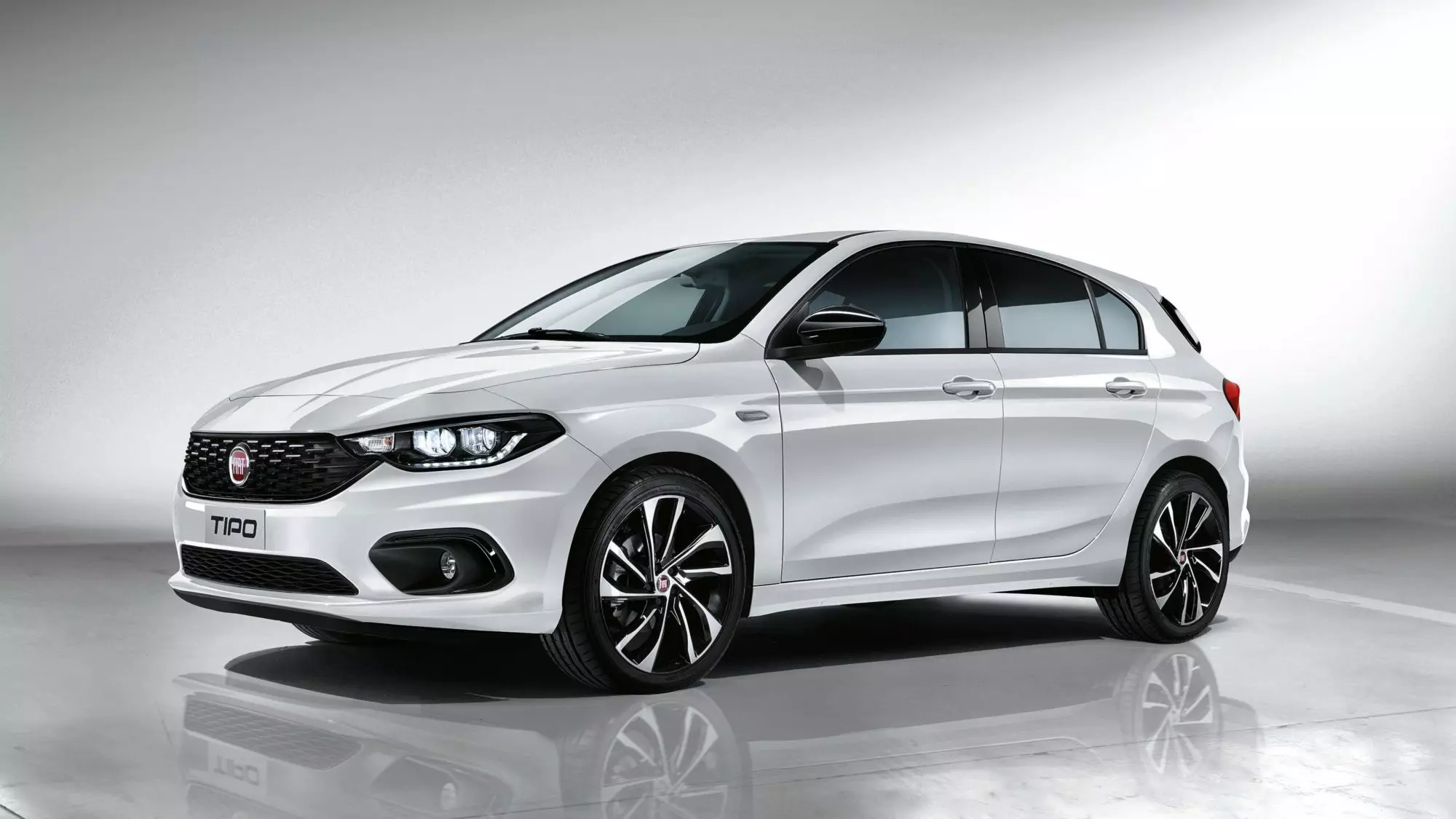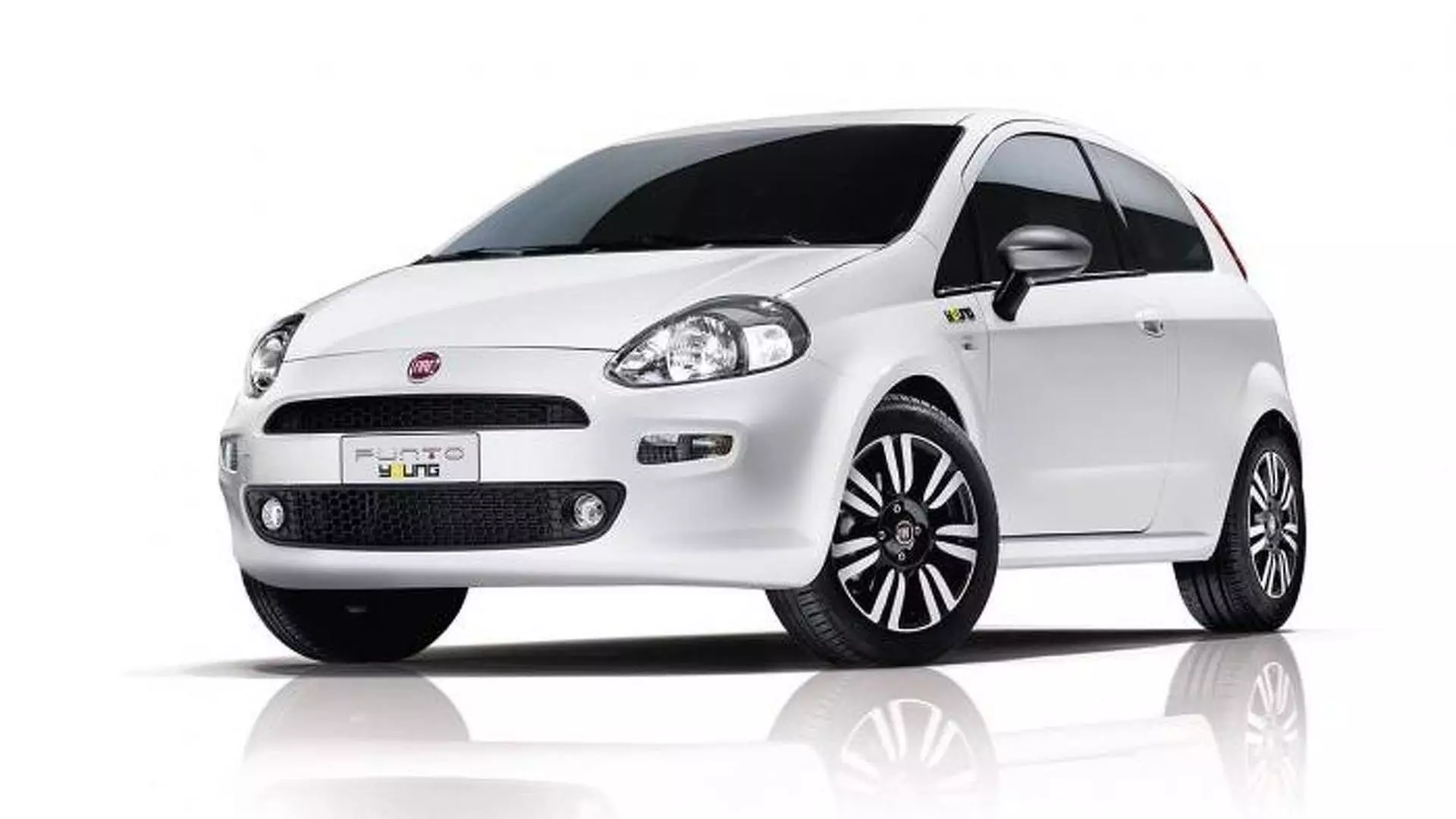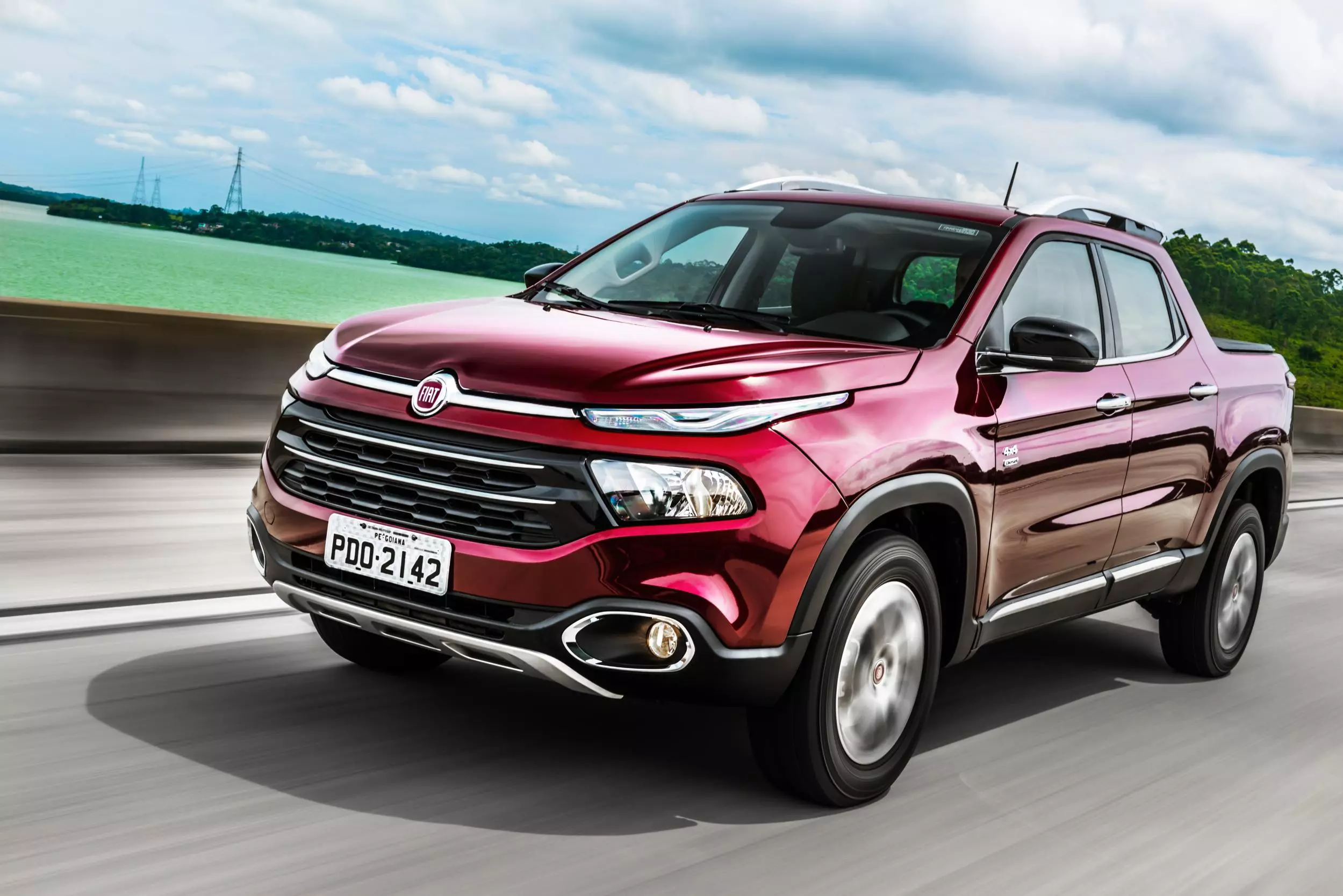If there is one thing left out of the FCA (Fiat Chrysler Automobiles) group's grand plans for the next four years, it seems to have been the absence of… plans for many of its brands — from Fiat and Chrysler, which give the group its name, to Lancia, Dodge and Abarth.
Alfa Romeo, Maserati, Jeep and Ram were the big focus of attention, and the simple, narrow justification is that brands are where the money is — a mix of sales volumes (Jeep and Ram), global potential (Alfa Romeo , Jeep and Maserati) and the desired high profit margins.
But what will happen to the other brands, namely the “mother brand” Fiat? Sergio Marchionne, CEO of FCA, designs the scenario:
The space for Fiat in Europe will be redefined in a more exclusive area. Given the regulations in the EU (on future emissions) it is very difficult for “generalist” builders to be very profitable.

What does this mean?
The so-called generalist builders have not had an easy life. Not only did the premiums “invade” the segments where they reigned, as the development and production costs are similar between them — complying with emission and safety standards affects everyone and it is expectable, by the consumer, that their car will integrate the most recent equipment and technological advances — but the “non-premiums” are still thousands of euros cheaper than the premiums.
Add in an aggressive commercial environment, which translates into strong incentives for customers, and generalist margins tend to evaporate. It is not only Fiat that battles against this reality — it is a general phenomenon, also among the premium ones, but these, starting from a higher initial price, even with incentives, guarantee better levels of profitability.
The FCA group, moreover, having channeled a large part of its funds in recent years towards the expansion of Jeep and the resurrection of Alfa Romeo, has left the other brands thirsty for new products, with these losing competitiveness against the competition.

Fiat is no exception. Apart from the Fiat Type , we just watched the “refresh” of the Panda and the 500 family. 124 Spider , but this was born in order to fulfill the agreement between Mazda and FCA, which would originally result in a new MX-5 (which it did) and an Alfa Romeo brand roadster.
Goodbye Punto… and Type
Fiat's bet on more profitable models will mean that some of its current models will no longer be produced or sold on the European continent. The Punto, launched in 2005, will no longer be produced this year — after so many years of doubts about whether or not it would have a successor, Fiat is abandoning a segment it once dominated.

The Tipo won't have much more to live either, at least in the EU — he will continue his career outside the European continent, particularly in the Middle East and North Africa — due to the additional costs of meeting the future and more demanding emission standards, this despite the successful commercial career, having the affordable price as one of its great arguments.
The new Fiat
With Marchionne's statements, in the past, having indicated that Fiat would no longer be a brand that would chase the sales charts, therefore, count on a more exclusive Fiat, with fewer models, being essentially reduced to Panda and 500, the undisputed leaders of segment A.
THE Fiat 500 it is already a brand within a brand. The leader of the A segment in 2017, with just over 190,000 units sold, it manages to be at the same time that it offers prices 20% on average above the competition, which makes it in the A segment with better profitability. It is still an impressive phenomenon, as it takes 11 years of career.
But a new generation of the 500 is on its way and, what's new, it will be accompanied by a new variant, which recovers the nostalgic appellation 500 Giardiniera — the original 500 van, launched in 1960. It remains to be seen whether this new van will derive directly from the 500, or if, in the image of the 500X and 500L, it will be a larger model and a segment above, a bit as it happens with the Mini Clubman compared to the three-door Mini.

FCA bets on electrification
It would have to happen, even for compliance issues with some of the world's major markets — California and China, for example. FCA announced an investment of more than nine billion euros in the group's electrification — from the introduction of semi-hybrids to various 100% electric models. It will be up to Alfa Romeo, Maserati and Jeep, the brands with the greatest global potential and the best profitability, to absorb a large part of the investment. But Fiat will not be forgotten — in 2020 the 500 and 500 Giardiniera 100% electric will be presented.
The Fiat 500 will also play an important role in the group's electrification in Europe. Both the 500 and 500 Giardiniera will have 100% electric versions, which will arrive in 2020, in addition to semi-hybrid engines (12V).
THE Fiat Panda , will see its production moved from Pomigliano, Italy, again to Tichy, Poland, where the Fiat 500 is produced — where production costs are lower — but nothing has been said about its successor.
Sergio Marchionne, CEO of FCAWe will maintain or even increase the utilization of our industrial capacity in Europe and Italy, while eliminating mass-market products that do not have the pricing power to recover compliance costs (emissions).
As for the remaining members of the 500 family, X and L, still have a few years in the workforce, but doubts persist about possible successors. The 500X will soon receive the new gasoline engines — called Firefly in Brazil — that we saw recently announced for the renewed Jeep Renegade — the two compact SUVs are produced side by side in Melfi.
out of europe
There are effectively two Fiats — the European and the South American. In South America, Fiat has a specific portfolio, without any relationship with its European counterpart. Fiat has a wider range in South America than in Europe, and will be reinforced with three SUVs in the coming years — the absence of SUV proposals for Fiat in Europe is glaring, leaving only the 500X as its sole representative.

In the US, despite the decline of recent years, Fiat will not abandon the market. Marchionne said that there are products that will be able to find their place there, such as the future Fiat 500 electric. Let's remember that there is already a 500e there, an electrical variant of the current 500 — practically only in the state of California, for compliance reasons — which gained fame after Marchionne recommended not to buy it, as each unit sold represented a loss of 10,000 dollars. to the brand.
In Asia, especially in China, everything also points to a more measured presence, and it is up to Jeep and Alfa Romeo — with specific products for that market — to withdraw all the benefits of the world's largest automobile market.
